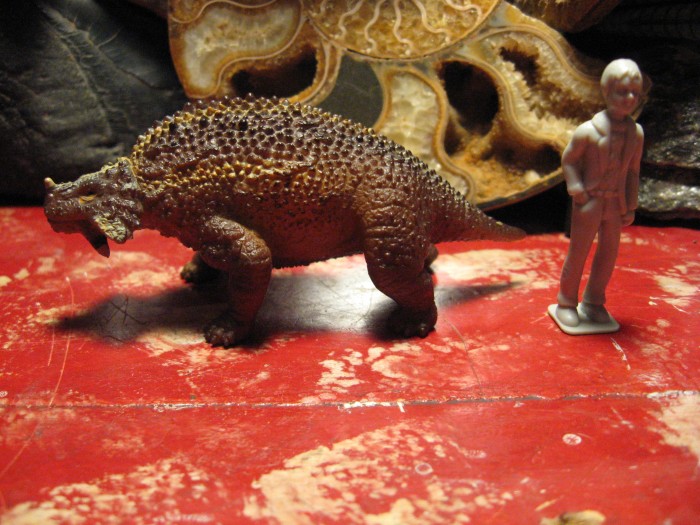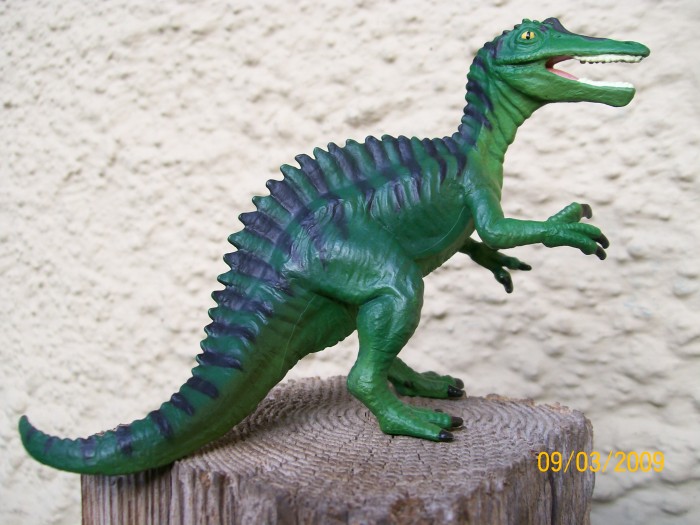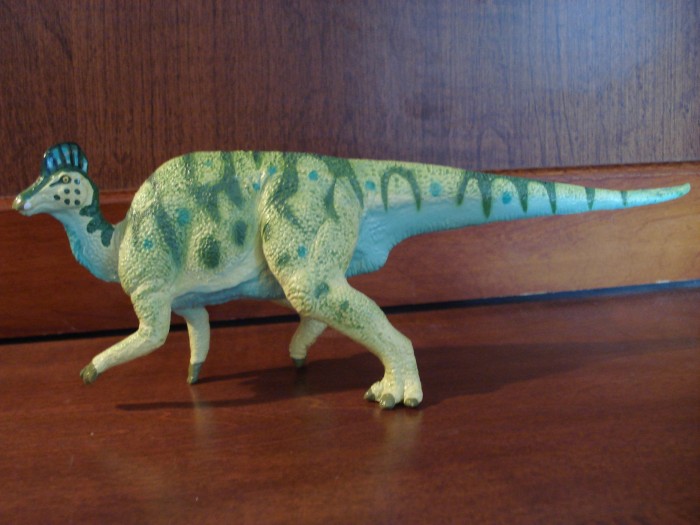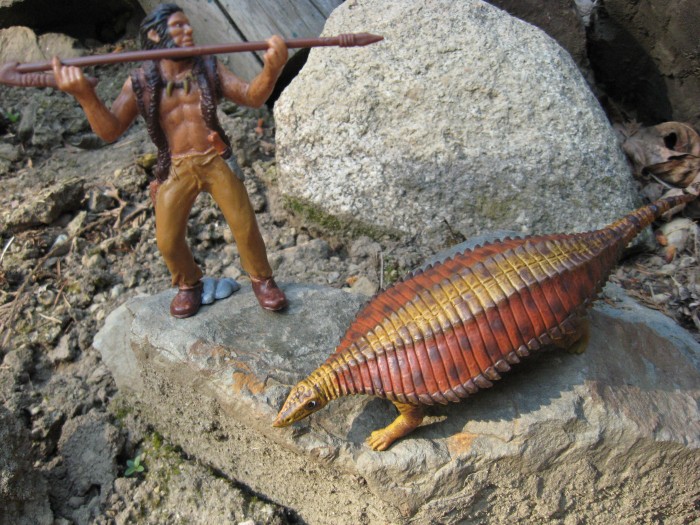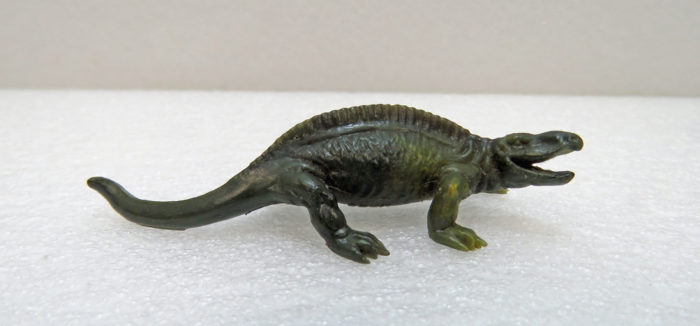Review: Jurassic Park “When Dinosaurs Ruled The Earth” T-Rex vs. Velociraptors Diorama (by Sideshow Collectibles)
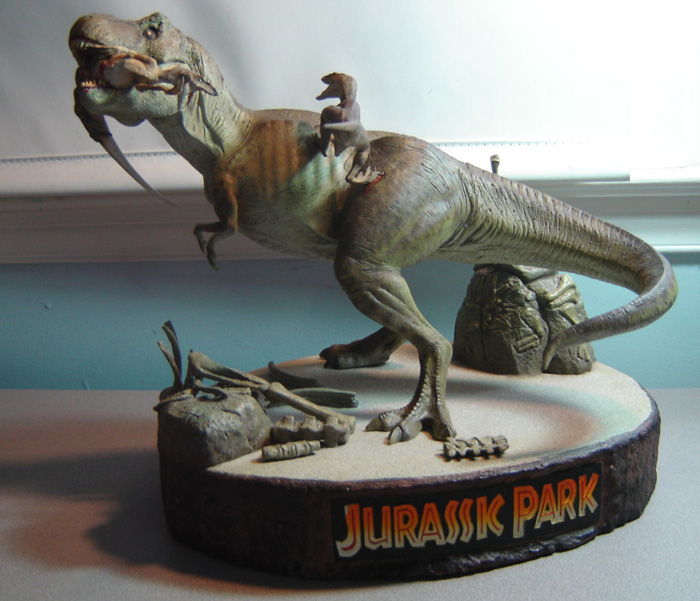
4.9 (30 votes)
Review and photos by Dan Liebman of Dans Dinosaurs.
It is hard to believe that Crichton’s bestselling novel first appeared two decades ago. Since that time, the franchise has reintroduced audiences to dinosaurs like never before. Gone were the bulky, sluggish monsters of yesteryear, and in their place were lighting-fast predators with frightening levels of intellect.
It is hard to believe that Crichton’s bestselling novel first appeared two decades ago. Since that time, the franchise has reintroduced audiences to dinosaurs like never before. Gone were the bulky, sluggish monsters of yesteryear, and in their place were lighting-fast predators with frightening levels of intellect.
Review: Psittacosaurus (Carnegie Collection by Safari Ltd)
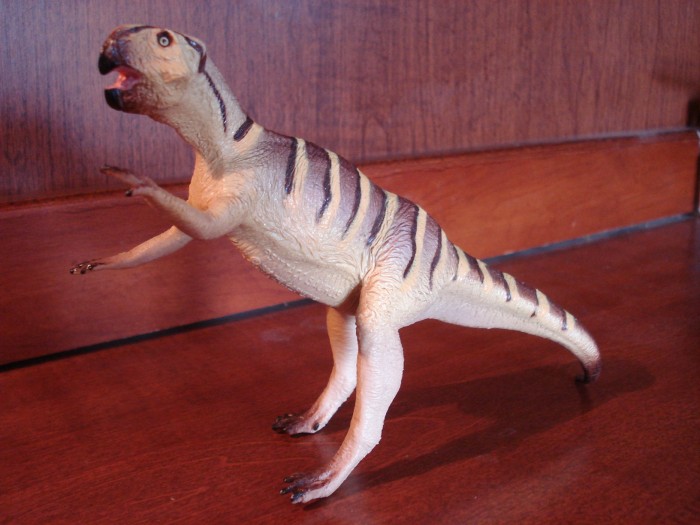
4.2 (12 votes)
Psittacosaurus, the “parrot lizard” is a very early member of the broad dinosaur group Marginocephothelia which includes the horned dinosaurs such as Triceratops and also the distantly related dome-headed dinosaurs such as Pachycephalosaurus. It lived in Asia during the early Cretacious about 130 million years ago and was relatively small for a dinosaur, only about 6 feet in length.
Review: Saltasaurus (Carnegie Collection by Safari Ltd)
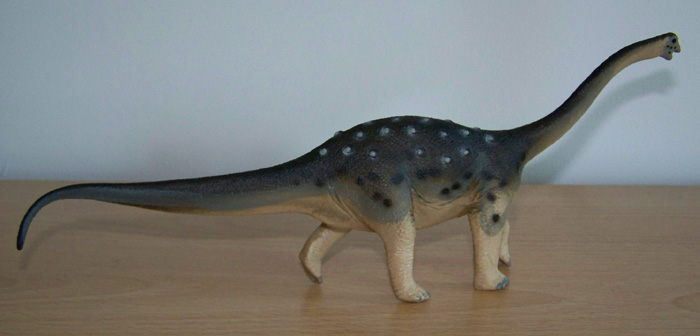
3.8 (16 votes)
Titanosaurians are a quite poorly known group of sauropod dinosaurs from the Cretaceous Period. Saltasaurus, from Argentina, is one of the better known representatives of this group and it provided the first conclusive evidence for osteoderms (bony armour) in a sauropod; many titanosaurians are now known to have been armoured.
Review: Deinonychus (AAA)
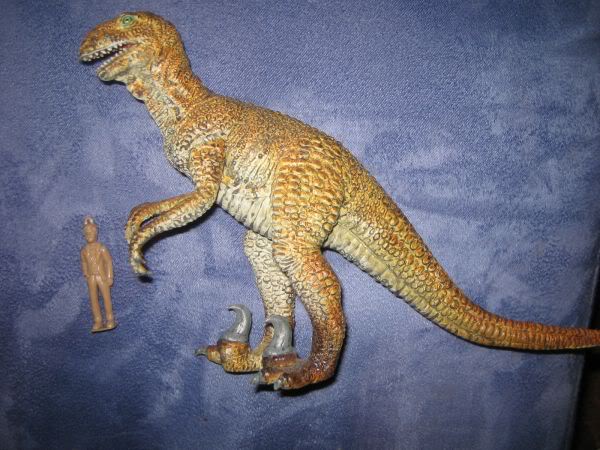
3.1 (17 votes)
Once there was a time when Theropods simply were divided into ‘Carnosaurs’ (the big ones such as Allosaurus and Tyrannosaurus) and ‘Coelurosaurs’ (the smaller ones such as Coelophysis or Compsognathus). Then along came Deinonychus, an irritating new predator who did not really fit into this concept.
Review: Suchomimus (Wild Safari by Safari Ltd)
Review: Corythosaurus (Carnegie Collection by Safari ltd)
Review: Iguanodon (Replica-Saurus by Schleich)

3.9 (12 votes)
The primitive ornithopod dinosaur Iguanodon lived during the Early Cretaceous period in Europe, approximately 125 million years ago. Animals like Iguanodon eventually gave rise to the hadrosaurs of the Late Cretaceous. In the past, numerous remains from all over the globe have been attributed to this genus, spanning from the Late Jurassic all the way until the end of the Cretaceous period, but current research suggests that the only valid species of Iguanodon (I.
Review: Paraceratherium (Collecta)
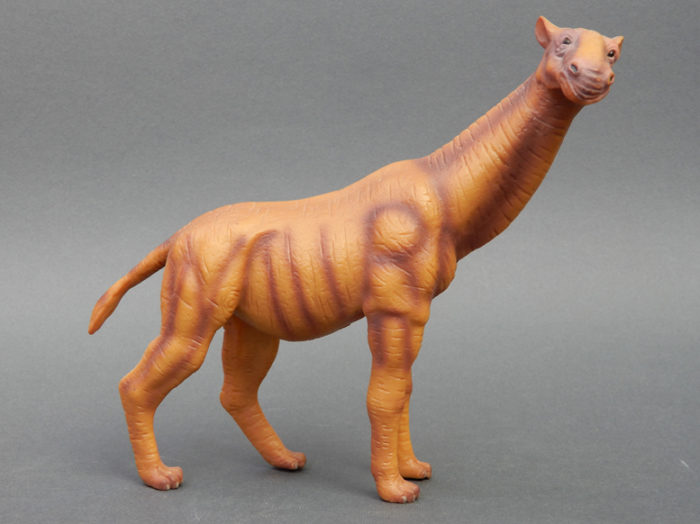
3.1 (15 votes)
Photographs by PhilSauria
Paraceratherium, also commonly known as Indricotherium or Baluchitherium, was a genus of gigantic hornless rhinoceros-like mammals, belonging to the family of the Hyracodontidae. Their fossils have been found in many parts of Asia, including Kazakhstan, Pakistan, India, Mongolia, and China.
Paraceratherium, also commonly known as Indricotherium or Baluchitherium, was a genus of gigantic hornless rhinoceros-like mammals, belonging to the family of the Hyracodontidae. Their fossils have been found in many parts of Asia, including Kazakhstan, Pakistan, India, Mongolia, and China.
Review: Paratypothorax (The World of Dinosaurs by Bullyland)
Review: Plateosaurus (Carnegie Collection by Safari Ltd)
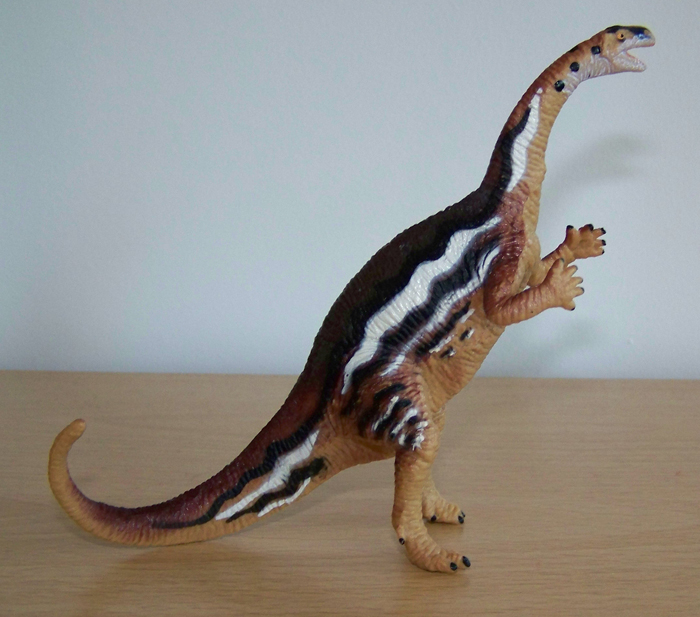
4.3 (18 votes)
This Plateosaurus, with “1994” stamped on its tummy, is fast becoming one of the older figures in the Carnegie Collection by Safari Ltd. Plateosaurus is from the Triassic of Germany and is classified as a prosauropod dinosaur, that is, a close relative of the later large long-necked sauropods.

